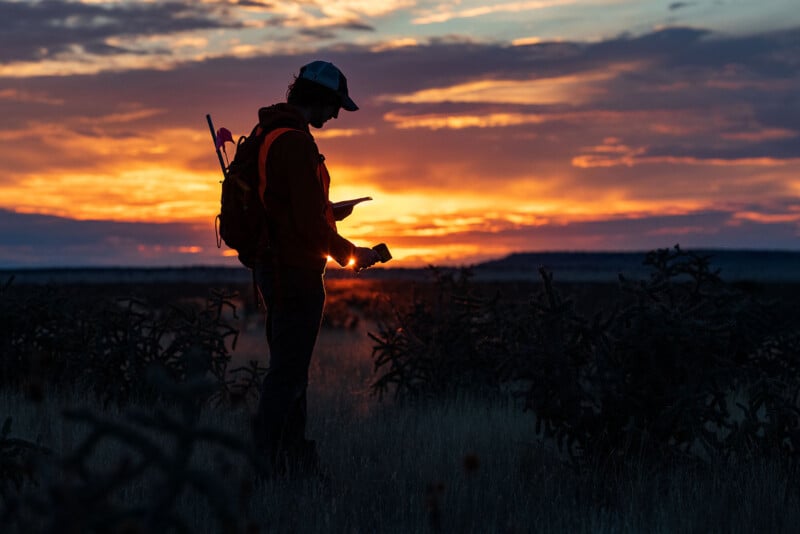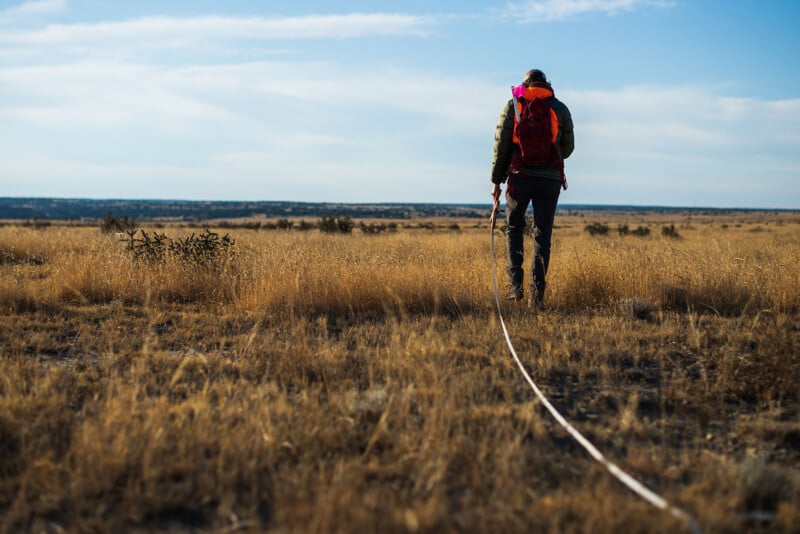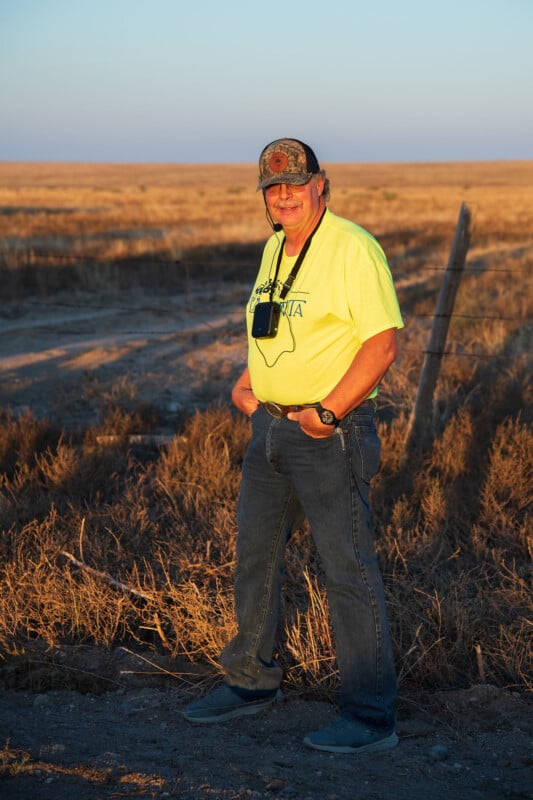Photos of the Tarantula Migration Through a Small Town in Colorado
![]()
In the southeast corner of Colorado sits a small town of just under 7,000 people called La Junta. Not only is this small town unique, what happens just outside of it is even more so: thousands of tarantulas “migrate” annually through the Comanche National Grasslands.
Although referred to as a “migration,” it is actually a mass movement of newly mature male tarantulas that are seeking a mate before they die. Within months, nearly all of these intrepid searchers will be dead; for some, their lives are ended by females, birds, or passing traffic, but the majority perish once the temperatures hit single digits.
![]()
Once they have reached sexual maturity, the male tarantulas then emerge from their burrows in pursuit of a female. As the females remain in and near their burrows for the duration of their life, it is up to the males to find them.
![]()
They then, therefore, wander around the grasslands, even making their way across the highway, all in search of a suitable mate. Once they find the burrow of a female, they stick their front legs in and drum on the silk that lines the hole sending vibrations into the burrow.

The female can feel these vibrations and if all goes right, she will be enticed to come out.
![]()
A fascinating event for the region and critical to the life cycle of the spiders, there is some worry that their migration could be affected by climate change, overgrazing, and human expansion.
Conservation Concerns
While in La Junta, I followed a researcher Dallas Haselhuhn, whose goal is to find out what triggers the tarantulas’ mass movement and how climate change is affecting its timing. If the beginning of the migration continues to inch closer and closer to the winter months, it will shorten the crucial time frame these unique arachnids need to find a mate.

In turn, the tarantula population will decrease, a change that would have devastating effects on the four hundred thousand acres of ecosystem in the grasslands.

Steve Keefer is a recently retired Parks and Wildlife director who worked in this area for 36 years and is a La Junta resident. He reports that the beginning of the migration has moved back in the year from when he first started.

Keefer’s observation is based in accordance with the start of the school year. He says it used to occur in the weeks leading up to school and now, it occurs weeks after the start of the school year.

![]()
![]()
To commemorate this unusual movement of spiders and bring attention to the essential role they play in the region’s environmental health, the town of La Junta held a Tarantula Festival for the first time ever in the fall of 2022.
![]()
![]()
![]()
I was there because I believe sharing the story about these spiders and their changing environment could make a significant impact on tarantula research and public acceptance of a very special and, most importantly, critical arachnid. It’s important that change happens sooner than later.
![]()
![]()
![]()
Seeking the Perfect Portrait
Photographing these large spiders was difficult, especially with my goal of capturing a macro portrait, which I told myself I needed. Adding to that stress, I only had a week to get it.
My typical technique for macro photography is to use manual focus set to 1:1 and then rocking my camera in and out to achieve sharp focus — this is not an uncommon practice among macro photographers. However, these spiders were on a mission to reproduce and didn’t feel the need to stop and pose. I spent the whole week in the grasslands searching for tarantulas and trying to get the portrait I was looking for with no success.
In my head, I thought, I might leave without getting the picture I envisioned. On my last day there, 10 minutes before the sun went down, a tarantula appeared out of the brush on the dirt road in front of me.
![]()
My usual tactics had failed all week so I quickly came up with a new plan. Instead of rocking my focus in towards the tarantula, I was going to let the tarantula walk into my focus. I got down in the dirt on my stomach, right in the spider’s path.
As it approached, it was large enough and dark enough to where I could see its shadowy out-of-focus figure in my viewfinder, just enough of its shape to keep a shot lined up. It got closer and closer, when all the sudden the very front of its legs started to come into focus, followed by the midsection of the legs.
![]()
I waited for a second more and clicked my shutter. I got up and out of its way, clicked the play button and there it was: the Colorado brown tarantula in all of its glory.
About the author: Devon Matthews is a wildlife photographer and up-and-coming conservation storyteller out of Minnesota. His goal is to tell stories with his photos that will leave readers feeling a deeper connection to wildlife and the outdoors. Whether it’s an animal across the world in its environment or an insect that you can find in your backyard, he wants to leave you with a new and deeper perspective on life and the beauty that our planet holds.
To see more of his work you can visit his website and follow him on Instagram.